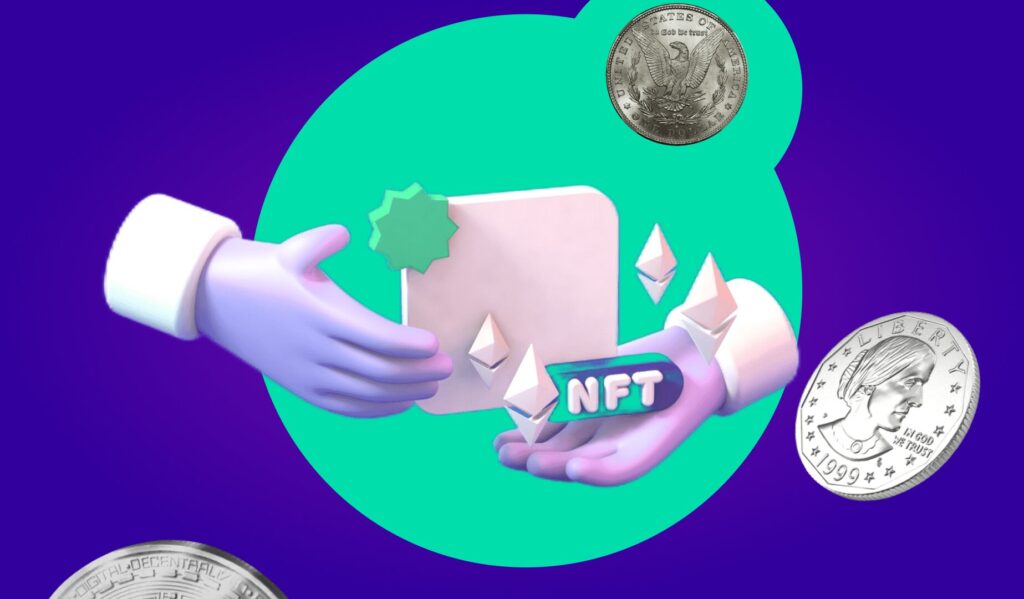What exactly are phygital NFTs and how do they function?


Phygital NFTs go beyond the virtual use cases of NFTs by connecting real-world products to the virtual world using Web3 design principles.
The world is shifting towards a community-focused experience economy. As more businesses enter markets to serve their customers, one of the key differentiators that can have a significant impact from a customer’s perspective is a community experience.
As brick-and-mortar businesses look to engage with their customers through NFTs, phygital nonfungible tokens (NFTs), an amalgamation of physical and digital nonfungible tokens, enable community experiences.
Phygital NFTs enable the purchase and sale of real-world physical goods and experiences via digital collectibles or NFTs. As collectors of phygital NFTs grow and thrive, they begin to identify as members of a tribe, increasing customer retention for the business.
Phygital NFTs are not always dependent on native Web3 communities. For example, NFT communities on Ethereum and Solana frequently rely on native users of the blockchains on which the NFT is built. Communities centred on phygital NFTs, on the other hand, can be blockchain agnostic and focus on the brand with which they identify.
With several Web2 brands wishing to form tightly knit communities, the industry use cases for phygital NFTs are only limited by one’s imagination.
Nonfungible tokens are truly agnostic to industry. Most industries could use phygital NFTs to create seamless community experiences with strong brand recognition and recall effects. However, luxury, fashion, food and beverage, wearables, entertainment, and even fast-moving consumer goods brands have embraced this paradigm.
Here are some brands that have tapped into phygital NFTs to engage with their communities:
Starbucks Odyssey
Timex and the Bored Ape Yacht Club
The Whiskey Barrel, an online whiskey platform
Bstroy x Givenchy phygital experiences
Cult and Rain.
The above-mentioned examples are a small subset of a host of brands that have adopted phygital experiences, clearly validating the movement of companies toward phygital experiences and phygital NFTs.
The world could be tokenized, and NFTs could be the means by which we transact. Could that be the case in the future?
Nonfungible phygital tokens have a high value add and can be used in any brand’s community initiatives. Given their newness, there is a buzz surrounding them that brands can capitalise on. With many Web2 incumbents and digital native companies jumping on board, physical NFTs are poised to play a significant role in company community and marketing initiatives.
The widespread adoption of phygital NFTs, on the other hand, will most likely be dependent on the development of practical and cost-effective solutions for storing, tracking, and verifying the physical items represented by the NFTs. Furthermore, phygital NFTs will have to compete with traditional NFTs, which provide many of the same benefits without the added complexity and cost of tracking physical items.
Furthermore, it remains to be seen how these initiatives can be scaled sustainably while adding value to the brands that use them. Before phygital nonfungible tokens can become a household phenomenon, legal and regulatory frameworks surrounding them must be clarified.